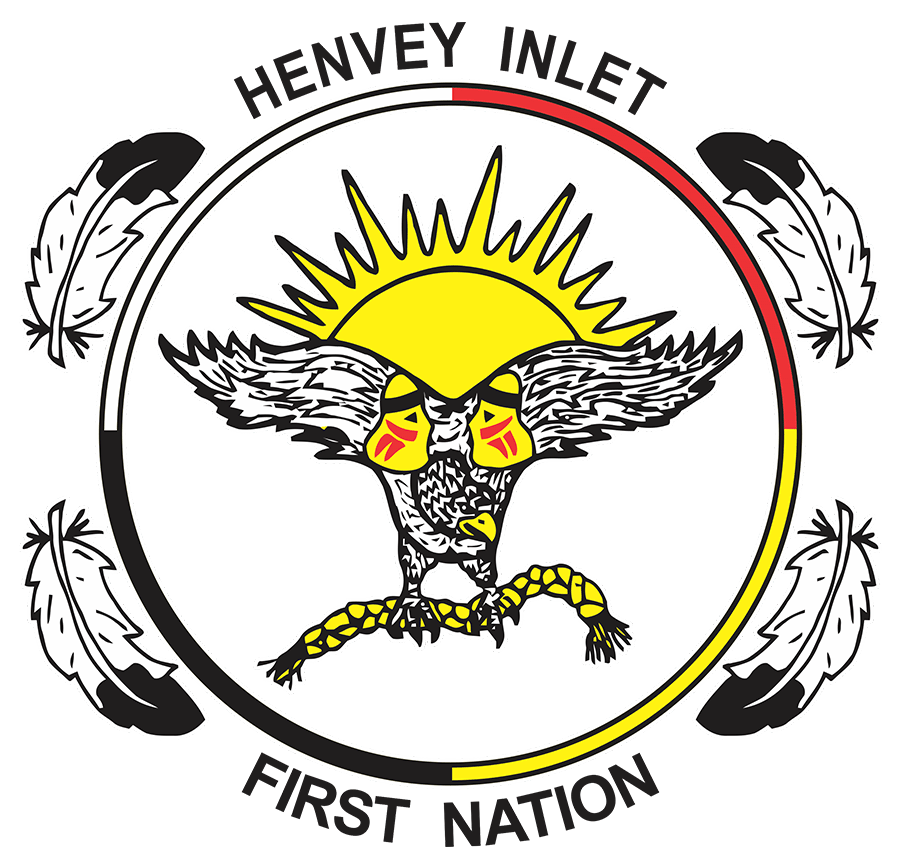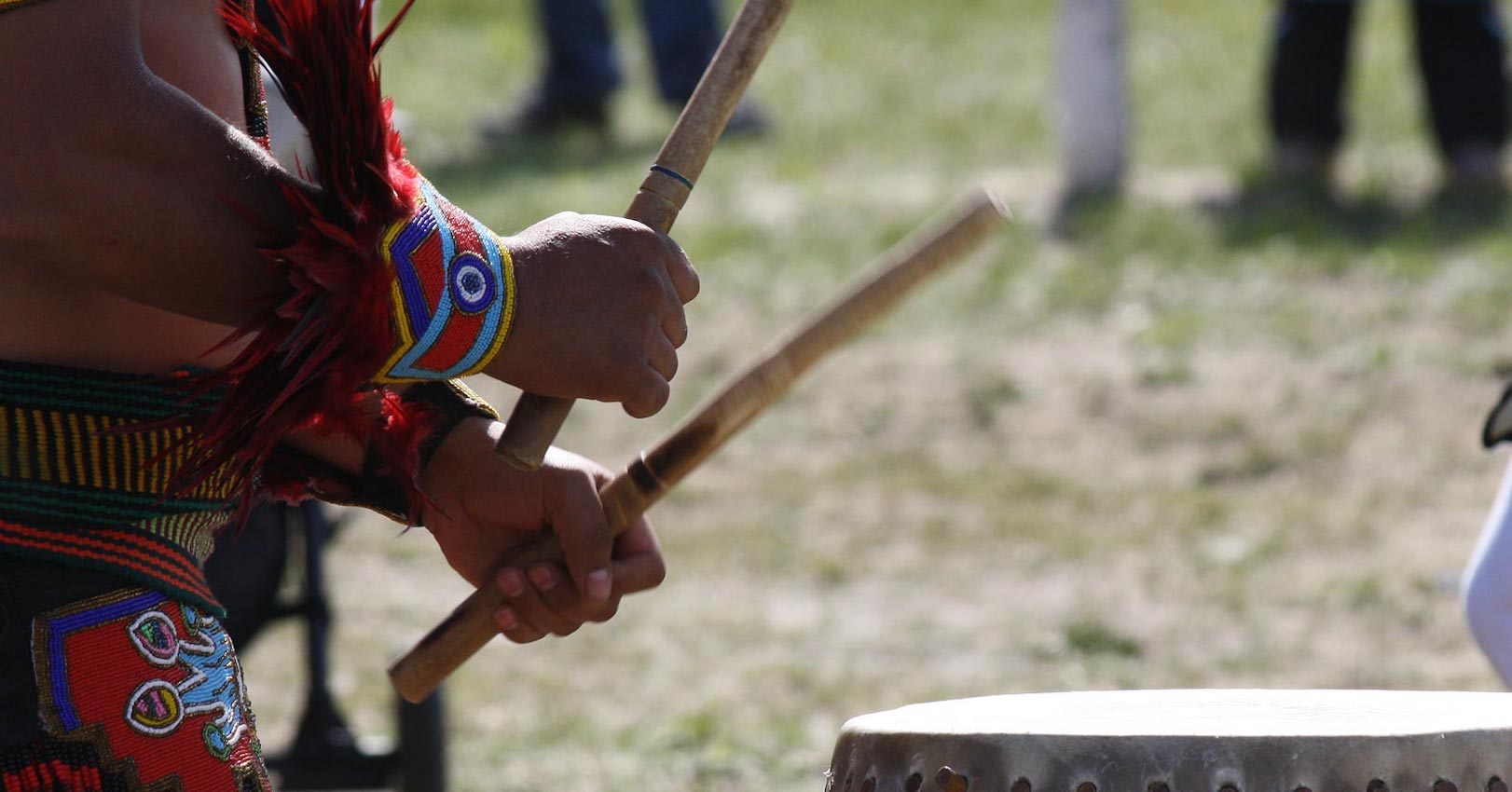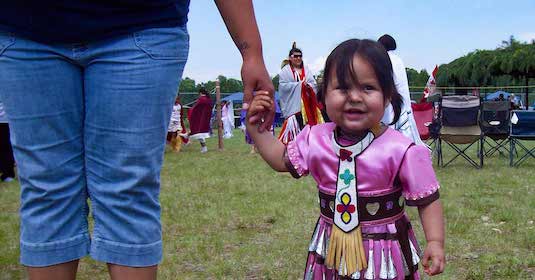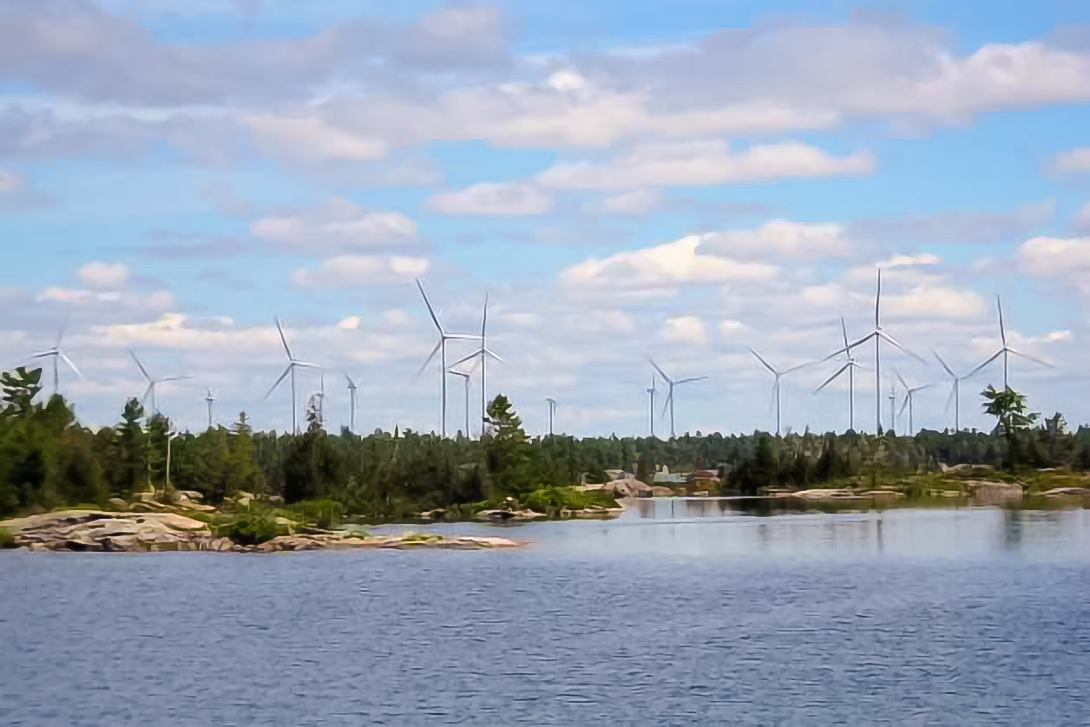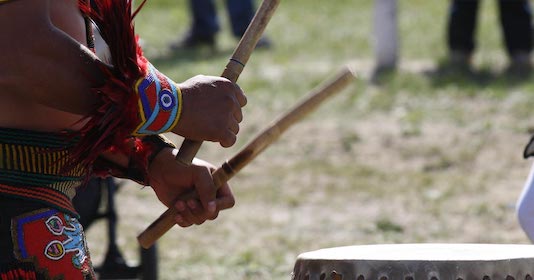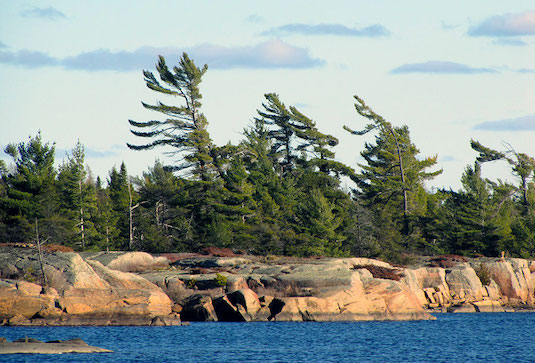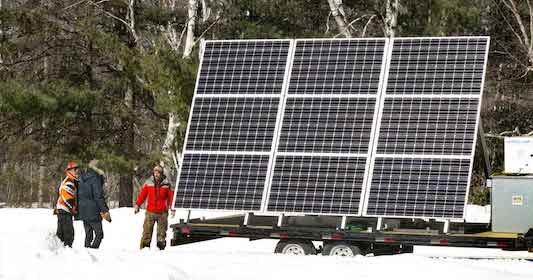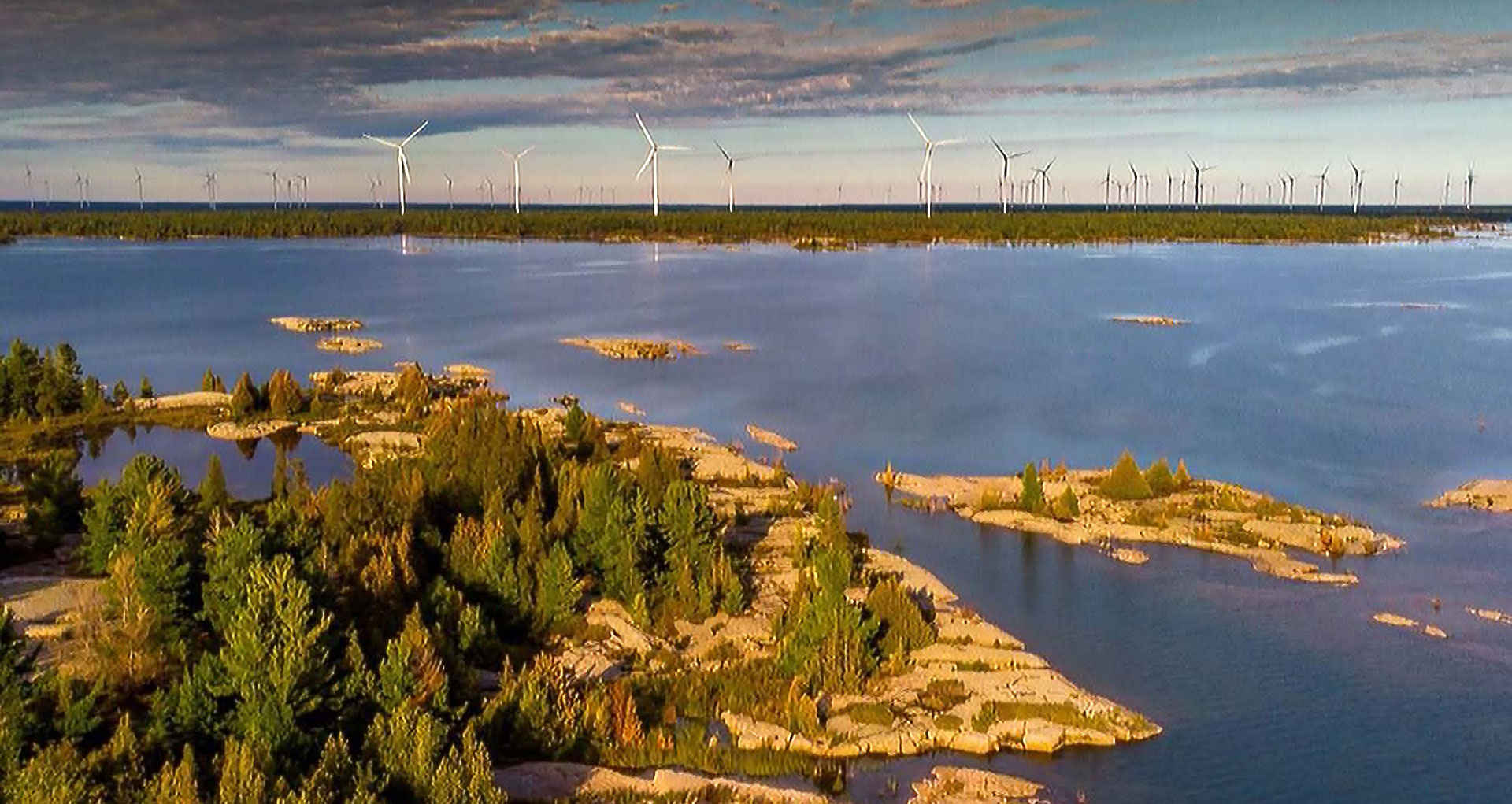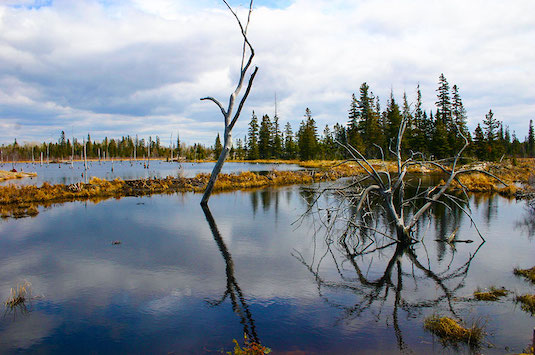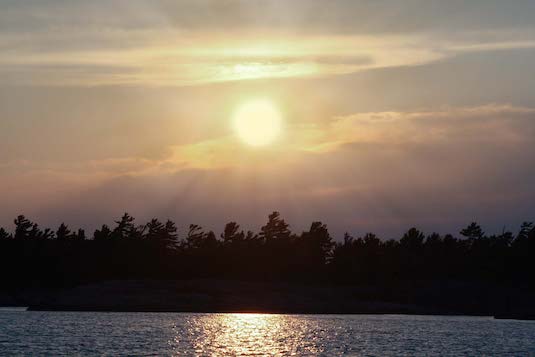A Brief and Recent History Clip
The French River was the main "Water Highway to the west in Canada, from 1600 to the mid 1800’s." The area has been a producer of furs and trading over the years. Logging was a major industry along with fishing in the area. Steam boats navigated the Dallas Falls carrying supplies past the French River Village which developed in the late 1880’s from the logging industry. "Alligator" tugs were used and can be still seen abandoned along the shorelines at the Dallas Falls and the French River.
Timber cutting, logging and lumber mills sprang up in the area in 1873 and boomed till the 1930’s. A major boom of logging occurred after the Chicago Illinois fire and the logs were floated down the French River and the Wahnipitae River to be taken to rebuild the city. Today, many of the sunken logs still dot the rivers and remind of us days gone by. We refer to these sunken logs as "dead heads". Caution is advised when boating in these known areas of our preserved surfacing history. In the 40’s the area was closed to further commercial and private development, preserving this wilderness area much as it was during the days of Champlain.
In the early 1960’s, the Ontario Government closed the area for further development making it part of the North Georgian Bay Recreation Reserve. Then in 1985, it became part of the French River Heritage Park System – Ontario’s First Canadian Heritage River.
Pickerel Village and The First Store and Post Office
Pickerel Landing Village got its start when a Mr. McDougal from Toronto formed the Pine Lake Lumber Company. McDougal purchased the mill, formerly owned by the Ontario Lumber Company in French River, in 1910. It took another two years before all the equipment and machinery was shipped to Pine Lake (Pickerel River), reassembled and ready for operation.
The first store and post office weren't located in the landing but could be found a mile or so away. The Wanikewin Lodge was situated on the North shore of the Pickerel River on the newly constructed Canadian Pacific Railway line. In 1910 Martin Henry Fenton opened a store, hotel and resort, and added a seasonal post office in Wanikewin Station. Residents had little choice but to travel by boat to Wanikewin in order to pick up their mail. In 1911, the post office was converted to a permanent office, which it remained until 1918, when Pickerel Village received its own post office. The Wanikewin post office reverted back to a seasonal operation, finally closing in 1925.
Another mill named the Tie & Lumber Co was situated farther west of the landing. Both mills had spur lines. The Tie & Lumber had a short spur, while Pine Lake Lumber's spur almost encircled the two town sites, and contained two long shunting yards.
Pickerel Village Changes
Pickerel Village was effectively divided into three separate town sites. The first was situated directly south of the landing, surrounded by the spur to the north and the west. The yards were squashed behind the row of houses and businesses, while the mill stood to the east. The row aligned the Catholic Church, Greneau's store, and five dwellings. A boarding house, office, barn, wharf, pump house and a home were erected nearby the spur.
The second site was located north of the main line separated by a small pasture and bush. Clustered somewhat in a "L" pattern, it contained the school, a boarding house owned by the H. Lotie Co., a barn, icehouse and about twelve homes, three of which were duplexes. Later on, in 1922, Dean Udy moved to this location from French River and established a second store. The church was relocated beside the store years later. Slightly east on the CP mainline stood the water tower and sheds, and farther down the station belonging to Pickerel C.P.R.
The third site consisted of Newton town, which was situated east of the Pine Lake mill, below a ridge. Approximately six homes, haphazardly erected, all belonging to the Newton family, stood nearby. Later on, there was a store and dance hall that operated until the 1970's.
Post Office
The post office was first opened on February 2nd 1918, and was operated by E.G. William and his brother H.E. William until 1929. It was relocated to Udy's store that year and then it moved again in 1954 to the Trottier's store at the landing.
Lumber and Tourism
The Tie & Lumber Co was the first mill to close in 1928. The Pine Lake mill burned two years later and was never rebuilt. The Trottier Mill, though small, was built later, in 1941, and ran until 1950. Although a steady string of villagers left during the depression years, a few continued to remain. By the 1950's many were able to commute and by 1961 the population stabilized at 116 residents. The summer cottage boom filled the area with tourists and seasonal residents.
Structures Still Remain
Today some structures still stand at the landing and are used permanently or seasonally. A trailer park also stands at the former "first" town site, at the landing. Extensive foundations remain from the mill site and the upper village still contains two structures, one still used as a boarding house or lodge. The station foundations also remain and are situated on the right hand side of the crossing just before entering the settlement.
